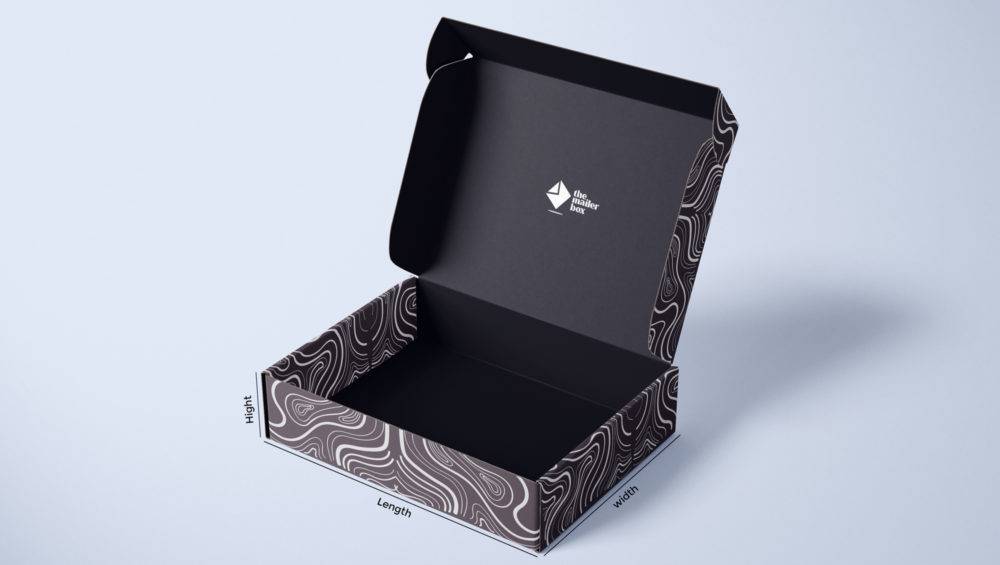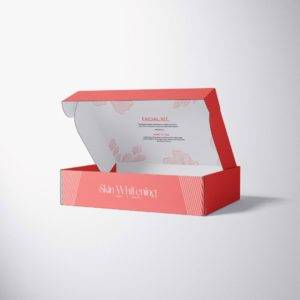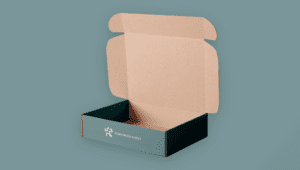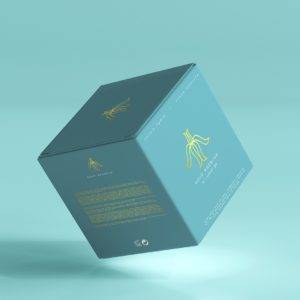How to measure your product box?
Getting packaging services for your product can often become an overwhelming process, especially for startups delivering their first batch of products. And what most brands find it silly to ask, you must address the question of dimensions when it comes to packaging. Any company you choose for the personalized custom packaging requests will ask you about the accurate dimensions of the box. And it is of utmost importance to get it right. In this blog, we will learn about the correct way to measure the exact dimensions of a product box.
Why is the important of accurate measurements?
The packaging experience largely influences the value of the product. It is the first thing your customer interacts with, setting the tone of your complete brand experience. A lack of attractive and carefully crafted packaging may leave your product at a disadvantage of losing the customer’s interest at first glance.
But even more critical is the role it plays in ensuring the safety of your product, keeping it from deterioration and damage throughout storage, shipment, and management. From preparing design, and testing to manufacturing, a product goes through many phases; production, packaging, shipment, and delivery. Think of your personalized and customized on-order packaging as a safe house, warranting that it passes through each stage without losing its value, shape, and quality before it reaches the end user.
Now what happens if this safe house is too big, too tight, or too loose for the product? It risks damage. Does any brand want that for their product? We don’t think so.
Brand Experience Vs Package Dimensions
The sizing of your personalized box is directly equal to the quality of your brand’s packaging. A commonly experienced example of that would be opening a fluffy family pack of chips, only to find out that it was filled with air and only a small amount of the good stuff. Quite a bummer, right?
Unboxing a new shipment creates the same feeling of excitement. And the challenge for every brand is to confirm and look into the fact that the experience is a great one.
Ideal way of Measuring
Gather your supplies; you will require a measuring tape, pen and a paper. What is important to understand about the correct way a box dimensions are to take both inner and outer measurements. These measurements include length, width and depth. Although it may look like a trivial task, even a minor inaccuracy in size can result in a impairment of thousands of dollars.
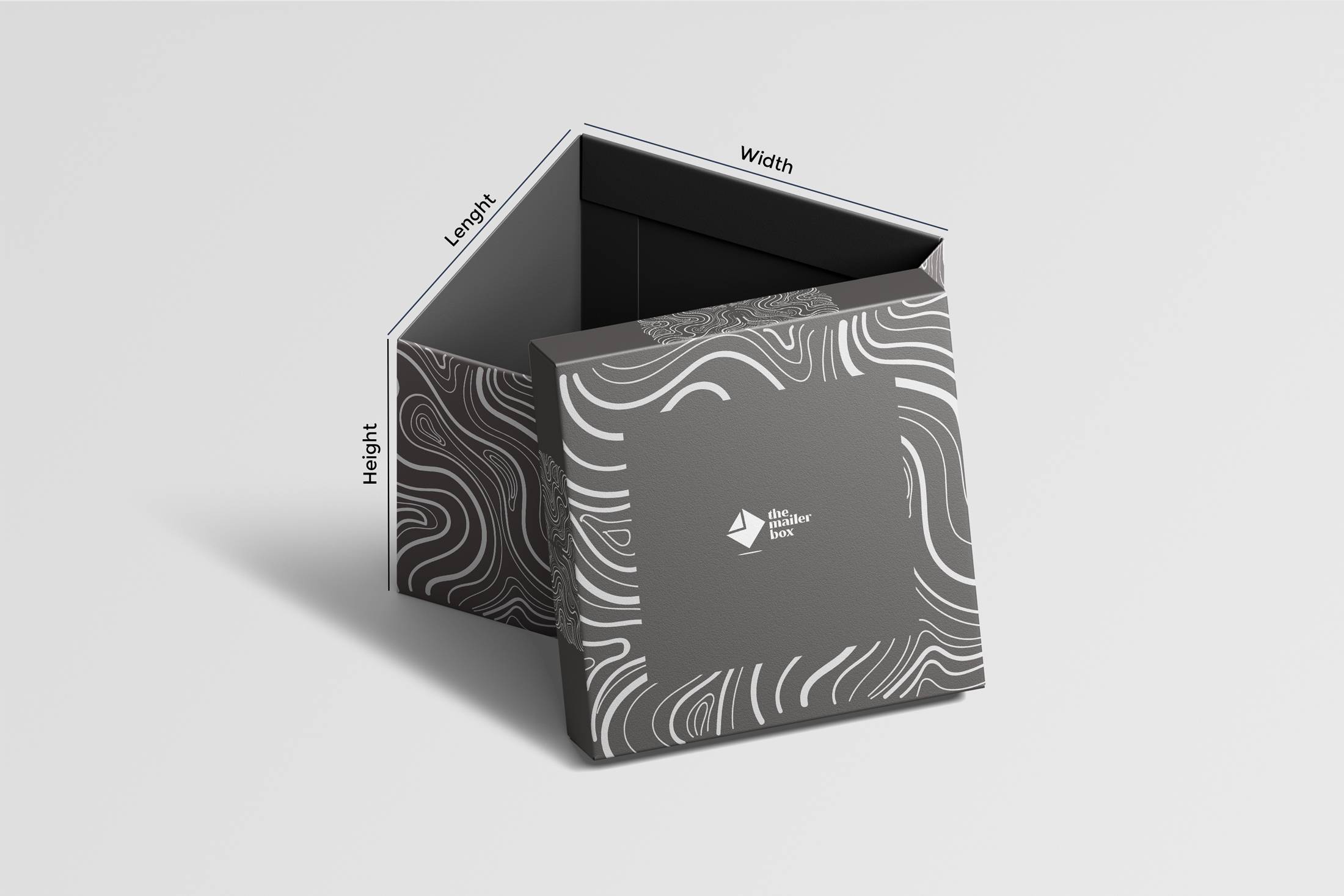
Step 1: Length
Commonly, the extended most side which has the flap is considered as the length. However, it is a subject to change depending on the shape or size a box has. For instance, you are designing a box for a customized and uniquely shaped wine bottle. For such a product length will not be lengthiest side, instead the depth would be.
Step 2: Width
May or may not have a flap, but is mostly the shorter side. When you look at from the top, it is the smallest side.
Step 3: Height
To get an accurate dimension of the height, you take the measurement from top to bottom. Height of the box doesn’t have a flap.
Note: Even a millimeter of difference in size can alter the way your product fits in the box. Therefore, dimensions should be edge to edge correct to allow your product to sit tightly and nicely in the box.
The category to which your product belongs to highly influences the dimensions of your brand’s packaging. Products that are long may have smaller widths or depths. Therefore, it is essential to understand the correct way to amount dimensions, and accurately do so to guarantee your packaging meets the required standard.
The Formula to Calculate the Measurements
You have to understand the three essentials to calculating the measurements.
- Product Type
Understand the type or category of your product, as your brand’s boxes are customized according to the shape, size and weight of your product. Fragile or edible items require more of a robust structure to protect the shape and condition of your product in transit. Similarly for heavier items a stronger and more rigid box is required.
- Volume
How many units of boxes are you in need of? 100, 1000 or 10,000?
The volume of the boxes required determines the total cost. Volume plays an important role in maintaining stock and optimizing your cost. The sizing of your box play an critical role in helping you determine its volume.
In simple mathematics, the formula that is used to determine the volume is:
Length x width x depth = volume
- Girth
Not every personalized packaging box is of the same size and shape. You may want a cylindrical or uniquely designed and shaped box. Measuring the right dimensions and calculating this measurement can be a challenge. For such strategic boxes you have to calculate the average girth of the box as well. You will have to identify the widest point of your packaging and measure it.
To correctly calculate girth, all you have to do is find the size of width and height of the box. Now multiply it by 2.
Girth= (H x W)2
The difference between inner and outer dimensions
One of the most commonly neglected part of measuring a box is the inner dimensions. Most people only use outer dimensions to determine the size and shape of the box, which is wrong because that way you overlook the thickness of the box. For example, if you are packing a heavier product in a thickly corrugated carboard, you would miscalculate the space required inside by your product.
The packaging material has a thickness of its own, which can confuse results. Measuring only external dimensions means your box is too large or too tight for the product, risking damage to it during transit.
Product nature and its impact on measurements. Box style/material impact on measurements (loose fit tight fit)
Box Styles & Measurement
The type of paper and packaging style plays an important role in determining the accurate measurements of the box. Some of the common types of packaging includes:
- Folding Carton
The lightest packaging style which is flexible and cost effective. Folding cartons come in a variety of options including white, premium white, kraft, and clay coated.
- Corrugated
Corrugated packaging is stronger and more durable due to its thickness. It provides extra layers of cushioning to heavier and fragile items.
Based on the use, dimension and size of the box, you can decide between E or B flute corrugation.
- Rigid
For premium and luxurious packaging, rigid boxes are the go-to option for many brands.
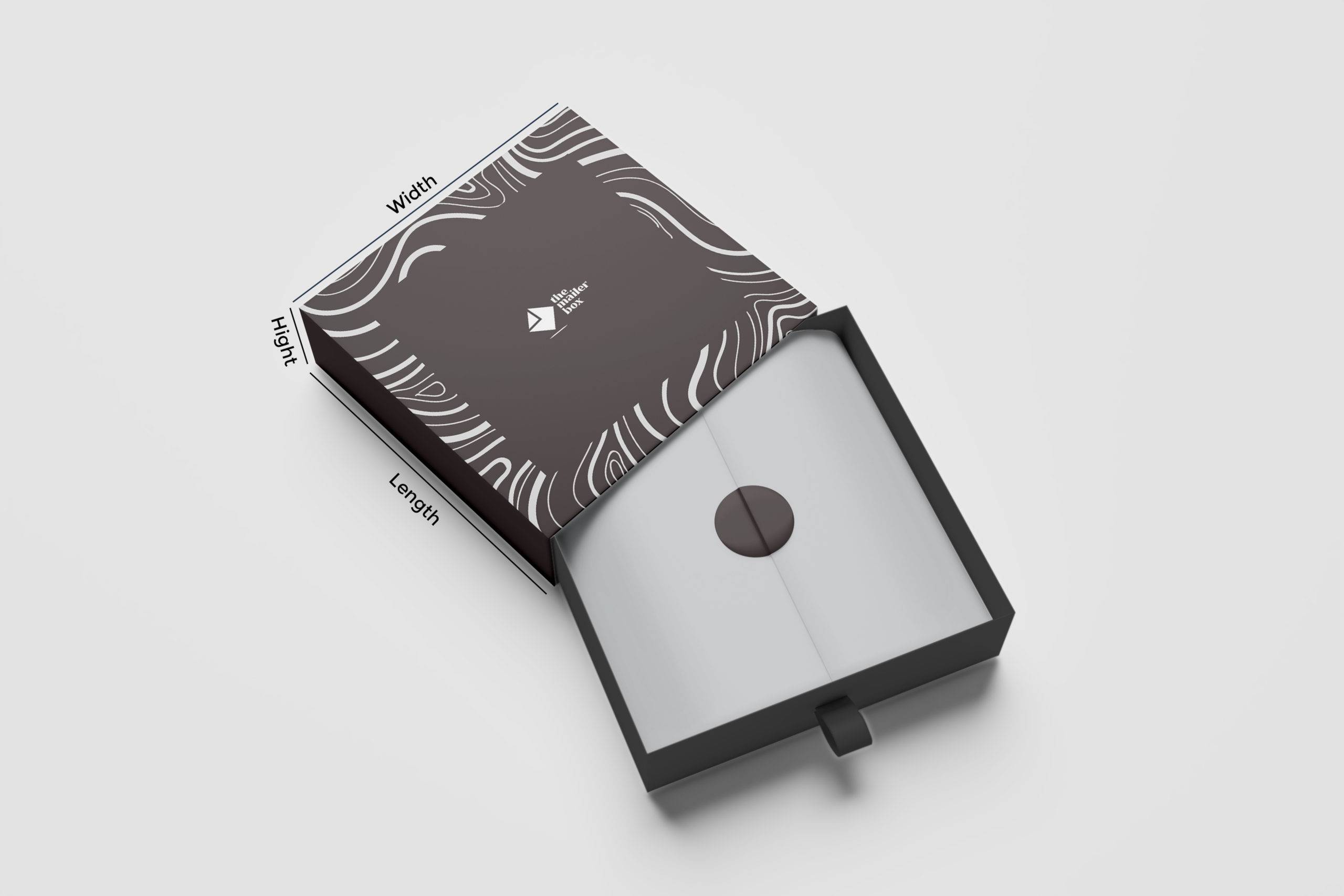
Other:
If you are looking for other packaging solutions for your product, you may consider Poly Mailers or Paper Bags made from sustainable materials such as naturally brown kraft.
Need Help?
Does all this information seem too overwhelming to digest? Take help from the experts. The Mailer Box is an expert provider of Custom Mailer boxes with a wide range of packaging solutions suitable for brands and products of each size. From free-design support to assistance in getting the dimensions right, the Mailer Box covers every aspect of premium packaging for you.

